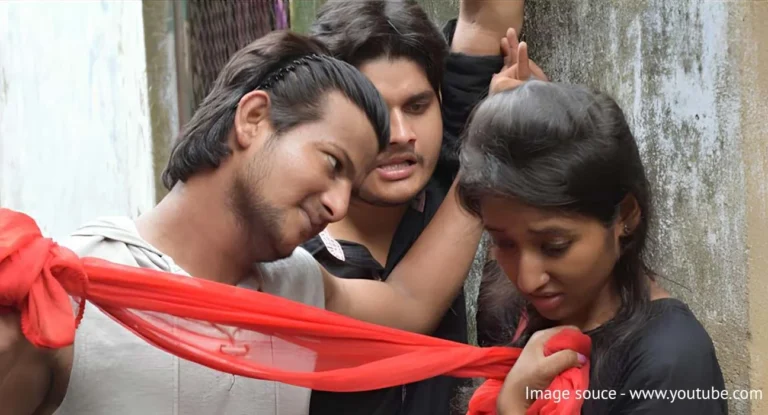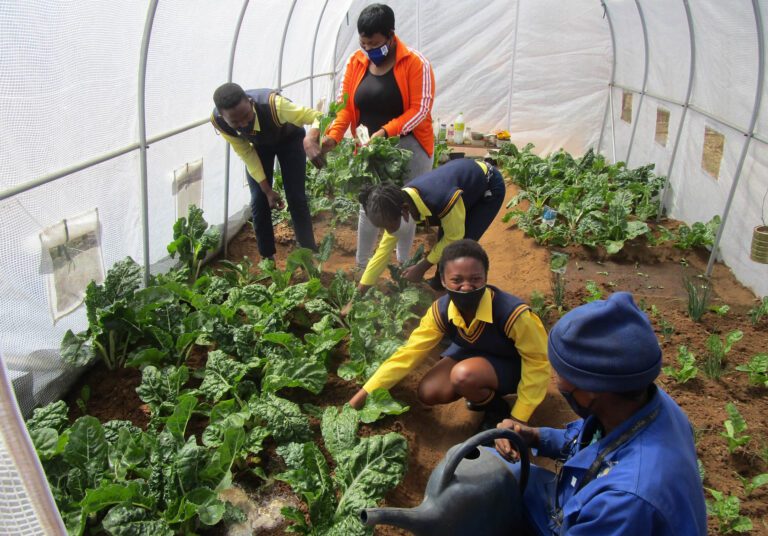Trevor Davies – A Driver of Change
Middle aged, married, white men working in Africa on gender equality seem to be as rare as Zebra’s with spots! But as a member of this endangered species maybe I can contribute something to how being a driver of change with Gender Links for over twenty years has challenged me and revolutionised my own work with women and men.
I first met GL Executive Director Colleen Lowe Morna when Gender Links was little more than an office space cleared in her garage.
I was running the Southern Africa Media Services Organisation (SAMSO) photo agency at the time with a wide client base amongst development agencies and NGOs. Trying to find a woman photographer who could service our Women in Development (WID) and Gender and Development (GAD) clients was a nightmare.
Men dominated the field and Tsvangirayi Mukwazhi, senior photographer and I were a part of that domination of the “male gaze” on women’s concerns around livelihoods and development.
We had to make a personal commitment to change that but we needed a visionary partner organisation that was respected in the gender and media arena. GL more than met our hopes and aspirations.
Colleen saw immediately that images were vitally important in our media stereotyping. This was work that GL just had to do even though funds and capacities were very tight in those early years.
The usual media and development agency image of Africa ten years ago was of a woman and child begging for food or sitting aimlessly around surrounded by despair. The message was that African women had no agency, were always “victims” and the only way to help them was to donate money.
Colleen and I knew that there were different African women out there – strong, visionary and resourceful-women in business, politics, education and communities who were changing this African continent in unimaginable ways.
These were the “herstories” that were not being put before the world and this became our guiding principal in our training around gender and images.
We agreed a joint submission to NiZA to find and train at least 20 women photojournalists across the region. Funding came quickly and we made a start.
The workshop amazed us all. The photojournalism talent uncovered and the power of an alternative “female gaze” on many stories was outstandingly apparent. The resultant training manual was an instant hit and I still see it in newsrooms all over the region, well thumbed and with pages torn out showing that it is a well used resource.
Even more important to me is that many of the women we trained in that workshop went on to great things. Maria became the chief photographer to Sam Nujoma, President of Namibia, accompanying him around the world and providing thousands of pictures to the archive of Namibia.
Neo is now one of the most successful women photographers in South Africa and has spent time in Bangladesh and other countries with her work used by Newsweek and Time magazine.
Since those early days GL has grown in strength and reach and I have been privileged through GL to train hundreds of women and male media students in visual storytelling through GL training programmes in Universities, Polytechnics, Media Houses and Community groups across the region – many of them (women and men) who have gone on to win awards for their gender-sensitive imagery.
Perhaps the work I’ve done for Gender Links with the Polytechnic of Namibia stands out. This has been no “hit and run” intervention by Gender Links.
From the very start gender has been mainstreamed into all media training at the “Poly”. I first flew in to Namibia a few years ago when GL and the Poly started a student news service producing a campus newspaper and supplying major newspapers with stories and pictures such as The Namibian and New Era.
Raymond Joseph, Pat Made and I from GL along with Paulina Shilongo and Emily Brown from the Poly set up that newsroom from scratch in a derelict building on campus. Unpacked and plugged in the computers, loaded the software, sorted out editorial policies on the fly:
4am finishes were the order of the day as students got up to speed on sourcing, writing, editing and layout and design. With the sun coming up we all waited for the first edition from the printers and some slept on the floor.
Not all the stories were exactly complimentary to the Poly administration – would we be banned was a quietly asked question amongst us all?
Wow! Our first edition was a sensational hit and the tolerance of the Administration to the stories brought a discussion about media freedoms and editorial independence in the Poly that has been resolutely supported ever since.
Poly students still correspond with me on Facebook, even more send me an occasional photograph they’ve taken. Many are now in leadership positions in The Namibian and Southern African media industry. They’ve helped to facilitate new areas of GL work in newsrooms across this region.
The “Business Unusual” training programme – highlighting women and economics that I helped facilitate has opened up spaces for women entrepreneurs and helped journalists cover economics and finance through a gender lens.
The Gender and Media Literacy courses for consumers and users of media have started to improve the supply side of gender and media coverage – The Mayor of Johannesburg attended one of the courses!
Helping women politicians to present themselves in election campaigning through creating powerful profiles of themselves and their work has been great fun and I can never forget the combs, mirrors and preening in Botswana as everyone had their official campaign portrait done as part of the training.
News spread through the SADC Women’s Parliamentary Caucus of the SADC Parliamentary Forum and by the time I got to Malawi to run the training the women were more than ready for their photo session!
My own personal development road with GL has often been a bumpy one. For me, all development proceeds from uncertainty, from breaking down the rigid thought processes and ways of doing things that hold us back – particularly in work on gender and development.
Therefore I don’t sit well in systems and my questioning of myself and organisations is deliberately uncomfortable. Sometimes I took on challenges with GL and I didn’t live up to expectations of me. Learning to celebrate my own competencies, build on them and stick with them has been an important learning experience.
I worked on the inception paper for and laid the foundations of the Gender and Media Diversity Centre (GMDC). I had my newly acquired Masters in Development Studies and I had built up my network through GL that I knew I could leverage to help the centre quickly get off the ground. Well, within six months we reached a mutual agreement that perhaps I was not the greatest manager in the world!
The good grace with which Colleen, Kubi and I “got me out” and GL changed the focus of my work back onto my strengths in training, advocacy and motivation was a real lesson in tolerance and help for me in re-focusing during a painful transition process.
One crucial thing came out of my inception period with the Gender and Media Diversity Centre. Colleen, Kubi and the team helped me in my dream to start work on a major area of gender work that is very close to my heart.
I now run the African Fathers Initiative (AFI) that tries to encourage committed, responsible fathering amongst men. Without GL this never would have got off the ground.
Gender Links has always involved men and women in all its work and I’ve learned a lot about the challenges of acting and working with sensitivity. We need more men on the front line of challenging gender inequality.
Fathers can help bring the intergenerational changes we need in our boys and girls. Many women testify to the positive influence their fathers have had in their lives and the unfair burden of care that women suffer can only be changed for the better with men taking on more caring roles in raising our children.
AFI is struggling, we have little funding, It will be a long haul before we see a buy in from donors and governments for our ideas. Innovation takes time to be entrenched and become part of the landscape.
When the dark clouds gather I only have to think of what a marvellous innovation Gender Links has been. From a garage space to the present sophisticated and multi-faceted organisation it is today. That is a real inspiration to stay the course. We will make fathers a strategic group for gender equality.
In the next ten years of my work and life I am sure I will be less astounded to see more ‘Zebra’s with spots’, and even more diverse and rich landscapes around gender and development. I will smile, point out the wonders of a new and vibrantly gendered landscape to my daughters.
They will grow up to be such strong young women and I will know that it is Gender Links that has contributed to their personal freedoms and the biodiversity of the gendered landscape they will enjoy!
Trevor Davies is a GL Consultant and Director of the African Fatherhood Initiative










